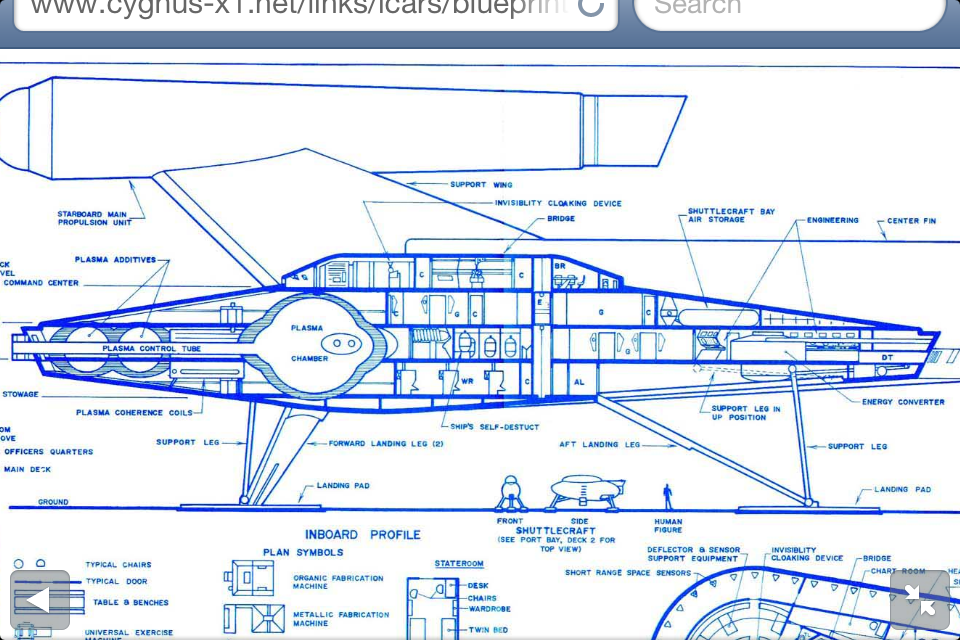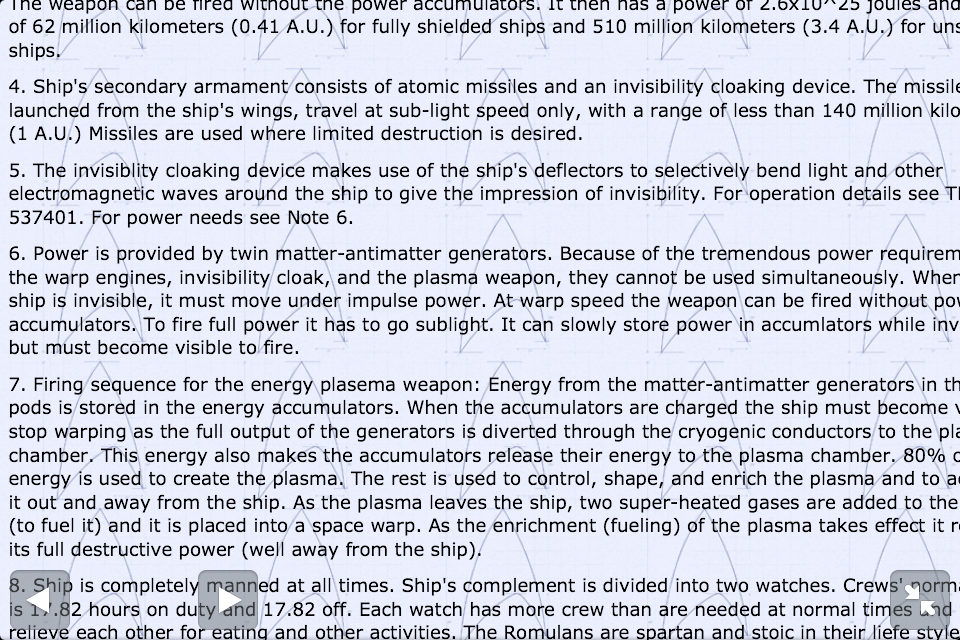Well let's see. In TOS ships at warp have a slower FTL speed near a star.
- From the time Kirk gives Sulu the go ahead to go get them till the point the Enterprise enters the comet's tail is approx 52s.
- The BOP enters the comet's tail ~21s after Kirk gives his order.
- Kirk is fully expecting to see the BOP on the other side of the tail.
- The Enterprise's time through the tail is approx 28s.
- The BOP's expected time through the tail would have been less than 60s.
So, the two ships are explicitly traveling at very low sublight speeds (as the dimensions of a comet are known well enough). Which is impossible if the ships were capable of reasonable FTL speeds, because no skipper would dare the "shallows" of a star system if it imposed such a crippling penalty.
Drawn into a star system near a comet...
...Kirk should be screaming at the top of his voice "It's a trap!". Since he doesn't, he's either a complete idiot, or the pseudo-physics and pseudo-tactics of the situation don't add up to your model.
When the Enterprise was earlier racing over many squares to Outpost 4 she could cross them something like 54x faster than the BOP could cross just one. But still it's not thousands of times faster if it was FTL vs STL though.
Which proves it wasn't FTL vs. STL to my satisfaction, but high FTL vs. low FTL. (Bob's clever "The
Enterprise entered the map at an acute angle" excuse notwithstanding...)
However, the point is that this only applies to this single scene. As a whole, the episode is a hopeless mess, offering equal evidence for half a dozen scenarios, each sillier than the previous one. Which is why I feel it's best to hand-pick the evidence that points to high FTL vs. low FTL because that's consistent with the rest of Star Trek as a whole, and to invent absurd rationalizations for solid contrary evidence such as the comet debacle.
It just follows that one of the things that can be safely thrown away is the idea that the Romulans would be limited to impulse speeds. Indeed, it's the safest such ejection, as it contradicts nothing but the educated guess of a fallible character.
As far as we are led to believe they would've gone home under full impulse power.
Sulu: We're heading home under full impulse power.
Such dialogue never indicated the journey would involve one speed only. Kirk headed to his next adventure at warp one often enough, but this is no proof that he would have reached the destination after a warp one journey.
Kirk states that on impulse power trips that would take days would now take years. He didn't indicate that the interstellar trip was impossible.
No, just wholly impractical. Romulans certainly couldn't fight interstellar wars with drives like that. So whether it's sublight travel or low FTL travel, it solves none of our problems, and we could simply leave it at sublight for simplicity and consistency.
The Romulan BOP spanned an interstellar distance on simple impulse in "Balance of Terror".
Highly debatable that it moved "on simple impulse". Wholly incorrect that it went from star to star!
I would also guess that the crippled Enterprise made an impulse run to cover the remainder of her interstellar journey to the Regula station after getting jumped by the Reliant in "The Wrath of Khan".
Quite possible. But the length of that run was never established - and the encounter already took place at impulse, without any reference to the
Enterprise dropping out of warp, so odds are that both ships were on the doorstep of the Regula system already.
That would also be the tactically smart position for Khan to intercept: he would still be jamming Regula (in case those folks he knew escaped from him were sending signals), and he'd know with 100% certainty that Kirk would be coming to that very spot.
Plus it makes dramatic sense: Khan has full choice of intercept distances, and has to abort his torturing and hunting of Genesis scientists for the intercept. Surely he'd delay to the very last second.
Perhaps it bugs you also that other non-Warp Drive identified ships also went FTL in TOS?
But none did! All the examples you already quoted were faulty already.
Howabout the "Ion Engined" FTL shuttle that chased the Enterprise in "The Menagerie"? Or the "Ion Propulsion" starship from "Spock's Brain"? Or the "Total Converson Drive" of the Doomsday Machine? Or the "Hyperdrive" of the early Enterprise from "The Cage/The Menagerie"?
And what makes these "non-warp"? At most, they are "not identified as warp", which is very different from being "identified as non-warp".
Would it ease your sensibilities if you thought of an impulse engine as a primitive and inefficient space warp drive? Or just inefficiently powering an FTL drive like Albertese suggests below?

Neither of the options solves any of the "BoT" problems where the Romulan drive is neither primitive nor inefficient (in a number of scenes) or where the
Enterprise drive must be primitive and inefficient as well (in other scenes).
That's pretty reasonable. TOS could've been more specific in identifying FTL drive types whereas TNG everything FTL is lumped into "warp drive" and everything no longer meant to be FTL was called "impulse". IMHO, of course.
But if "everything" such as ion power, hyperdrive and whatnot gets called "warp", then surely your version of TOS impulse would get called "warp" as well, as it meets the very same criteria (i.e. it's FTL by another name).
Timo Saloniemi

 You know, to take the statement literally
You know, to take the statement literally 






